Increased Focus on Food Safety
The heightened awareness regarding food safety and quality control is driving growth in the Analytical Instrumentation Market. Consumers are increasingly demanding transparency in food production processes, prompting manufacturers to adopt rigorous testing protocols. The market for food testing instruments is anticipated to grow at a rate of approximately 5% per year. This growth is largely attributed to the need for compliance with food safety regulations and the rising incidence of foodborne illnesses. Consequently, analytical instruments that can detect contaminants and ensure product quality are becoming essential in the food industry.
Advancements in Pharmaceutical Research
The pharmaceutical sector's continuous evolution seems to significantly influence the Analytical Instrumentation Market. With the increasing complexity of drug development, there is a growing need for sophisticated analytical tools that can ensure the safety and efficacy of new medications. The market for analytical instruments in pharmaceuticals is expected to witness a growth rate of around 6% annually. This growth is driven by the need for high-throughput screening and quality control processes, which require precise analytical techniques. As a result, companies are investing in innovative technologies such as chromatography and mass spectrometry to meet these demands.
Rising Demand for Environmental Monitoring
The increasing emphasis on environmental sustainability appears to drive the Analytical Instrumentation Market. Regulatory bodies are imposing stringent guidelines to monitor pollutants and ensure compliance with environmental standards. This trend is likely to boost the demand for analytical instruments that can accurately measure air, water, and soil quality. For instance, the market for environmental testing instruments is projected to grow at a compound annual growth rate of approximately 7.5% over the next few years. Consequently, manufacturers are focusing on developing advanced analytical solutions that can provide real-time data and enhance the efficiency of environmental monitoring processes.
Technological Innovations in Instrumentation
Technological advancements are reshaping the Analytical Instrumentation Market, as new innovations enhance the capabilities and applications of analytical instruments. The integration of digital technologies, such as cloud computing and the Internet of Things, is enabling real-time data analysis and remote monitoring. This trend is likely to attract investments, with the market for smart analytical instruments projected to grow significantly. Furthermore, the development of portable and user-friendly devices is expanding the accessibility of analytical tools across various sectors, including education and research, thereby broadening the market's reach.
Growing Investment in Research and Development
The surge in research and development activities across various sectors is likely to propel the Analytical Instrumentation Market. Governments and private entities are investing heavily in R&D to foster innovation and technological advancements. This trend is particularly evident in sectors such as biotechnology and materials science, where analytical instruments play a crucial role in experimental processes. The market is expected to benefit from these investments, with a projected growth rate of around 4.5% annually. As research initiatives expand, the demand for advanced analytical tools that can provide precise and reliable data is expected to increase.


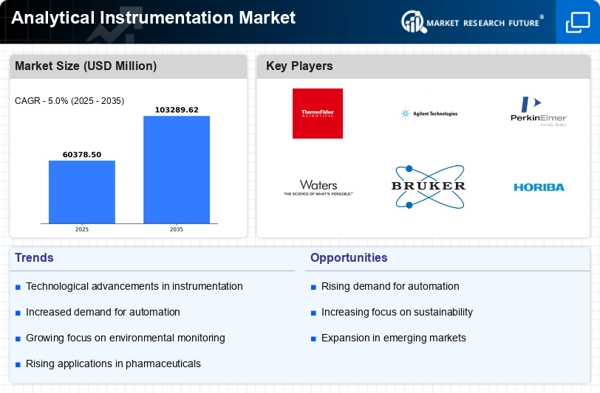
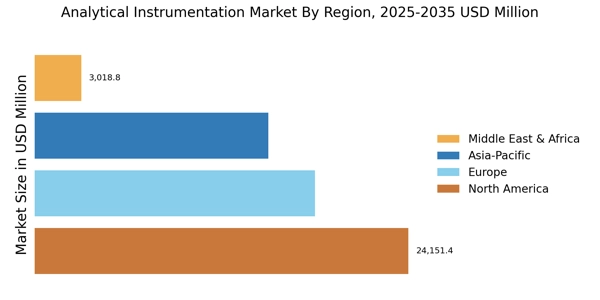

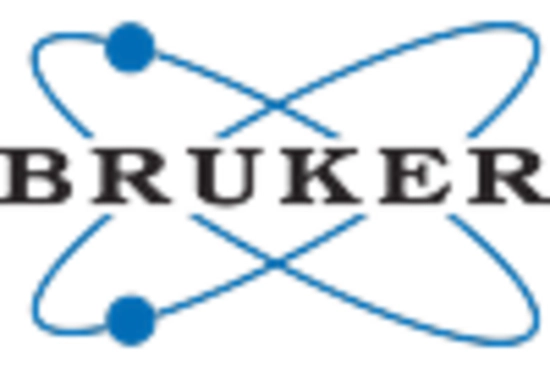
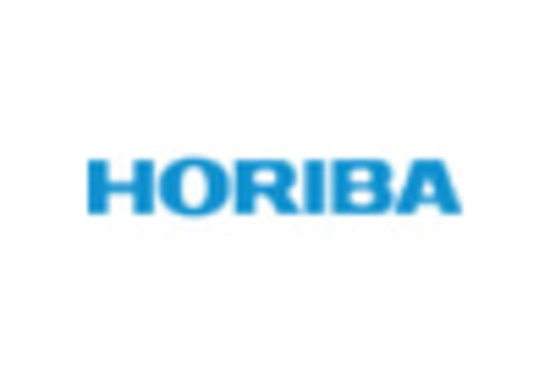


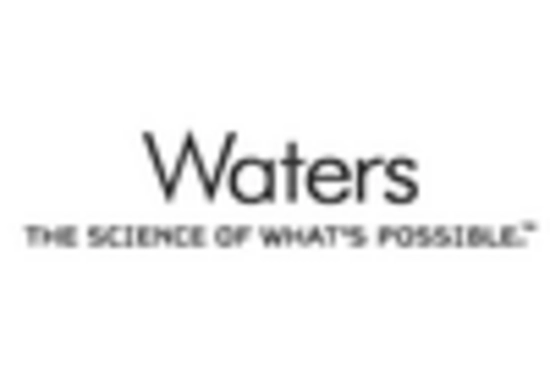








Leave a Comment